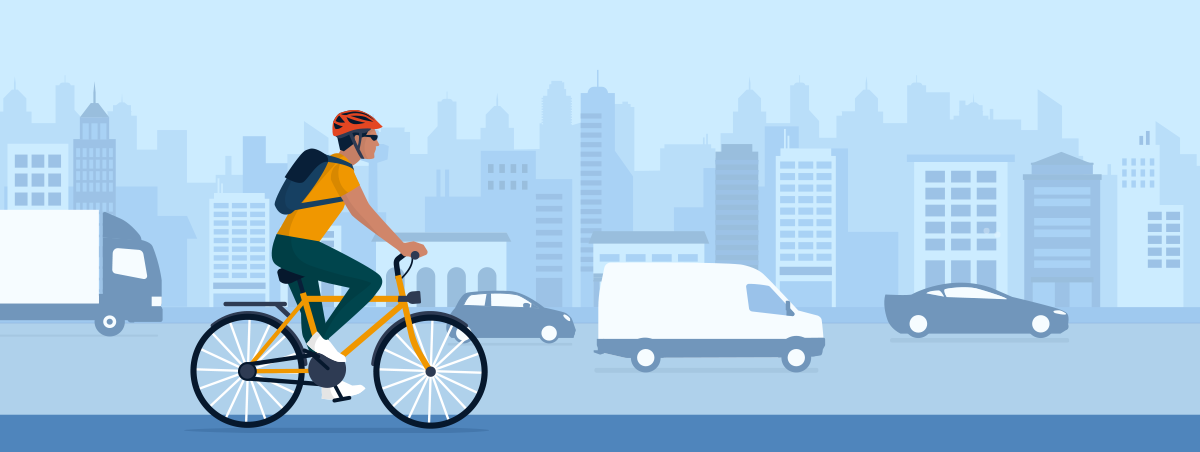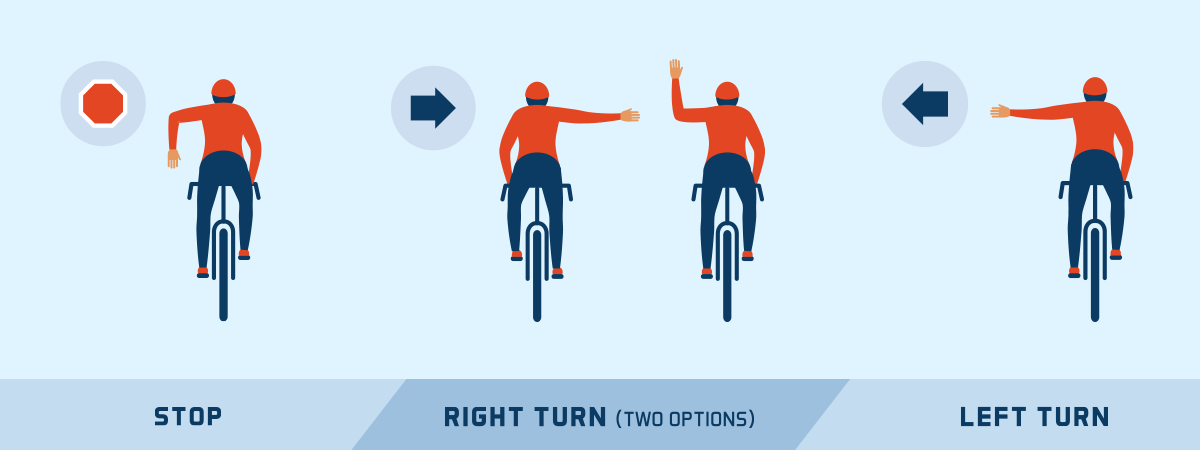
Now that sun is shining and days are getting warmer, you’ve probably noticed an increase in bicycles on the road.
Of course, that should come as no surprise. The transition into spring is a refreshing one – bringing warm weather and new beginnings each year. Cyclists, young and old, take to neighbourhood streets and wooded paths often for hours at a time. While the beginners are eagerly trying to shed their training wheels, the more seasoned riders are testing out a series of new routes for the season. Needless to say, it’s an exciting time.
With that said, it might be a good idea to brush up on your road safety knowledge. Whether you’re a cyclist, motorist - or both, taking these extra precautions will go a long way when sharing the road this spring.
Buckle Up
This one is a no-brainer for anyone riding in a car, but it tends be an afterthought for those on two wheels. Even though helmets are only legally required up until the age of 18, they should always be top of mind. Wearing a helmet significantly reduces your chances of suffering a serious injury or death should you happen to fall off your bike.
After all, you wouldn’t drive a car without a seat belt, so why would you ride a bike without a helmet?
Be on the lookout, stay visible and keep your distance
Given the situation surround COVID-19, the roadways are seeing a change in the amount of traffic they receive. With the exception of going out for essential services, people are driving less which opens up the roadways as a result. At times like these, is not uncommon for motorists to speed.
If you need to catch a breath of fresh air and go for a ride on your bike, make sure you continue to socially distance yourself and keep an eye out for any careless drivers. As required by the Highway Traffic Act all bikes are required have a bell or horn in good working condition, in addition to a white or amber light on their front and a red light or reflector on the back.
You should also avoid wearing headphones to help hear your surroundings better and wear high-visibility clothing, especially at night.
Maintain your space
With the Niagara Region closing all parks and hiking trails, there is an increase in cyclists on city streets so do your best to give them as much room as possible. If you are trying to pass a cyclist, remember to stay at least 1 metre away if possible.
Don’t forget that if you park on the side of the street, you should also check your side view mirror to make sure you don’t receive a charge for “dooring”. This refers to when someone opens the door of a parked motor vehicle into the path of a cyclist or other traffic and comes with a minimum fine of $300 and 3 demerit points upon conviction.

Learn the signals
A bike usually isn’t the first thing that comes to mind when you hear the word vehicle. Despite its lack of an engine, windshield and bumper it will always be considered one, which is why we have adopted hand signals for cyclists to use while riding. These signals indicate when they are turning left, turning right or stopping. All three motions have a different signal with the right-hand turn having two variations. They are quite easy to learn and something that everyone should know.
The next time you’re on the road, be sure to keep these tips in mind so that you do your part in advocating bike safety. Remember, if you find yourself stranded with a flat tire or broken chain on your next ride you can always call CAA Bike Assist. Included with your CAA Membership, CAA Bike Assist offers peace of mind for cyclists.
 Ontario
Ontario